What is the Latest Treatment for Varicose Veins? Discover Innovative Solutions from Vein Treatment Doctors
What is the latest treatment for varicose veins: Varicose veins, those twisted and bulging veins that often appear on the legs, are a common condition affecting millions of people worldwide. While they may seem like a mere cosmetic concern, varicose veins can also lead to discomfort, pain, and even serious health complications. As awareness around this condition grows, so does the range of treatments available. In this article, we will explore the latest treatments for varicose veins and how vein treatment doctors can help you find the most effective solution.
What Causes Varicose Veins, and Why is It Important to Treat Them?
Varicose veins develop when the valves in the veins become weakened or damaged, causing blood to pool and the veins to stretch. Several factors contribute to this condition, including age, pregnancy, genetics, and prolonged standing. While varicose veins are typically not life-threatening, untreated varicose veins can cause symptoms such as leg pain, swelling, and an increased risk of developing blood clots. Seeking treatment from vein treatment doctors is crucial to address these issues and avoid potential complications like skin ulcers or deep vein thrombosis.
How Have Varicose Vein Treatments Evolved Over Time?
In the past, treating varicose veins often involved invasive surgical procedures, such as vein stripping. However, with advancements in medical technology, less invasive and more effective treatment options have become available. Today, vein treatment doctors offer a range of cutting-edge procedures that not only minimize discomfort but also promote faster recovery times. Let’s take a look at the latest treatments available for varicose veins:
1. Endovenous Laser Therapy (EVLT)
Endovenous Laser Therapy (EVLT) has emerged as one of the most popular and effective treatments for varicose veins. During this procedure, a vein treatment doctor uses laser energy to close off the affected vein. A small fiber is inserted into the vein through a tiny incision, and the laser heats up the vein walls, causing them to collapse. Over time, the body absorbs the sealed vein, and blood flow is redirected to healthier veins.
EVLT offers numerous benefits, including minimal scarring, quick recovery, and a high success rate. This minimally invasive procedure is performed under local anesthesia and typically requires only a few hours for the patient to recover. It’s an ideal choice for patients seeking a safe and effective way to treat varicose veins with minimal downtime.
2. Sclerotherapy
Sclerotherapy is another widely used treatment for varicose veins. This procedure involves injecting a solution directly into the affected vein, causing it to collapse and seal shut. The solution irritates the vein lining, prompting it to scar and close off. Once the vein is sealed, blood flow is rerouted through healthier veins.
While sclerotherapy is highly effective for smaller varicose veins and spider veins, it may not be suitable for larger, more complex veins. Typically, multiple treatment sessions are required for optimal results. Sclerotherapy is considered a safe and relatively simple procedure with little to no recovery time.
3. Radiofrequency Ablation (RFA)
Radiofrequency Ablation (RFA) is another minimally invasive technique that vein treatment doctors use to treat varicose veins. RFA uses radiofrequency energy to heat and close off problem veins. Similar to EVLT, a catheter is inserted into the vein, and radiofrequency energy is delivered to the vein wall, causing it to collapse. Once the vein is sealed, blood flow is redirected to nearby healthy veins.
RFA is an excellent option for treating both small and large varicose veins. It has a high success rate, with most patients experiencing significant improvement in symptoms. The procedure is typically performed under local anesthesia, and the recovery time is minimal, allowing patients to return to their normal activities within a short period.
4. VenaSeal Closure System
The VenaSeal Closure System is one of the latest innovations in varicose vein treatment. This technique involves the use of a medical adhesive to close off affected veins. During the procedure, the vein treatment doctor applies a small amount of adhesive to the vein through a catheter. The adhesive seals the vein, and over time, it is absorbed by the body. Like other procedures, the blood flow is redirected to healthier veins.
The VenaSeal system is unique because it does not require the use of heat, such as in EVLT or RFA. This makes it a great option for patients who may have sensitivities to heat-based treatments. Additionally, VenaSeal typically requires no compression stockings after the procedure, making it a highly convenient and effective choice for patients.
5. ClariVein
ClariVein is another innovative treatment for varicose veins that combines mechanical and chemical methods to seal off problematic veins. The procedure involves inserting a small catheter into the vein, and the doctor uses a rotating wire to damage the vein walls. At the same time, a sclerosant solution is released into the vein, which causes it to close.
ClariVein offers a quick and effective solution with minimal discomfort. It is ideal for patients with varicose veins in areas that are hard to treat using other methods. It is often used in combination with other treatments for comprehensive vein care.
6. Ultrasound-Guided Foam Sclerotherapy
For patients with large varicose veins or veins that are difficult to access, ultrasound-guided foam sclerotherapy is an advanced option. This treatment involves creating a foam solution that is injected into the vein using ultrasound guidance. The foam expands within the vein, helping the sclerosant work more effectively. This technique is particularly useful for treating larger veins that may not respond well to traditional sclerotherapy.
Ultrasound-guided foam sclerotherapy is a safe and effective method for treating larger varicose veins, providing excellent results with minimal downtime.
How Do Vein Treatment Doctors Choose the Best Treatment?
Vein treatment doctors take several factors into account when determining the best treatment for varicose veins. These factors include the severity of the condition, the patient’s overall health, the location of the affected veins, and the patient’s personal preferences. The goal is to select a treatment that is both effective and minimally invasive, ensuring a quick recovery with minimal discomfort.
What are the Benefits of Consulting with Vein Treatment Doctors?
Consulting with a vein treatment doctor is essential for anyone suffering from varicose veins. These specialists have the knowledge and experience to assess the severity of your condition and recommend the most appropriate treatment. In addition, vein treatment doctors stay up-to-date on the latest advancements in varicose vein treatment, ensuring that you receive the most effective care available.
By choosing to work with a vein treatment doctor, you can benefit from personalized care tailored to your specific needs. Whether you opt for laser therapy, sclerotherapy, or any of the other advanced treatments available, a vein treatment doctor will guide you through the process and help you achieve the best possible results.
Conclusion: Take Action Against Varicose Veins Today
Varicose veins are a common condition, but with modern treatments and the expertise of vein treatment doctors, there’s no need to suffer in silence. Whether you choose Endovenous Laser Therapy, Sclerotherapy, or another cutting-edge procedure, the latest treatments for varicose veins are safe, effective, and offer minimal downtime. If you’re ready to improve your quality of life and say goodbye to varicose veins, consult with a vein treatment doctor today to explore your treatment options and take the first step toward healthier, more comfortable legs.
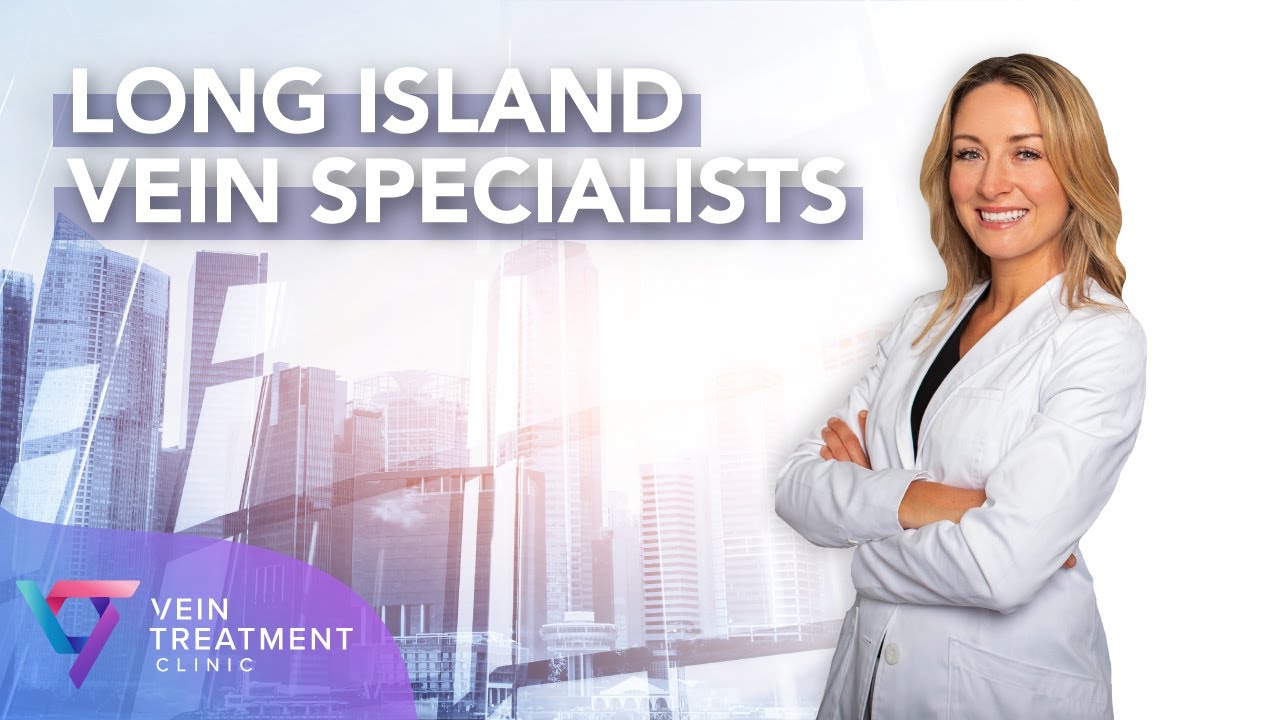
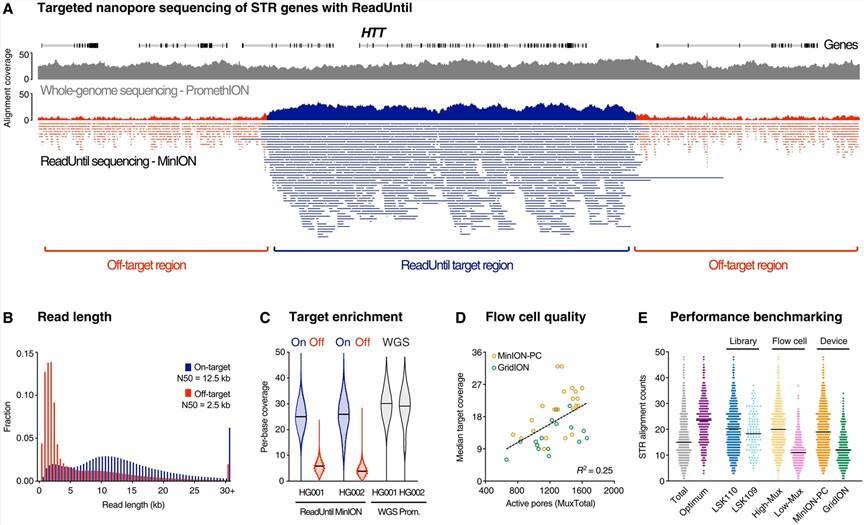
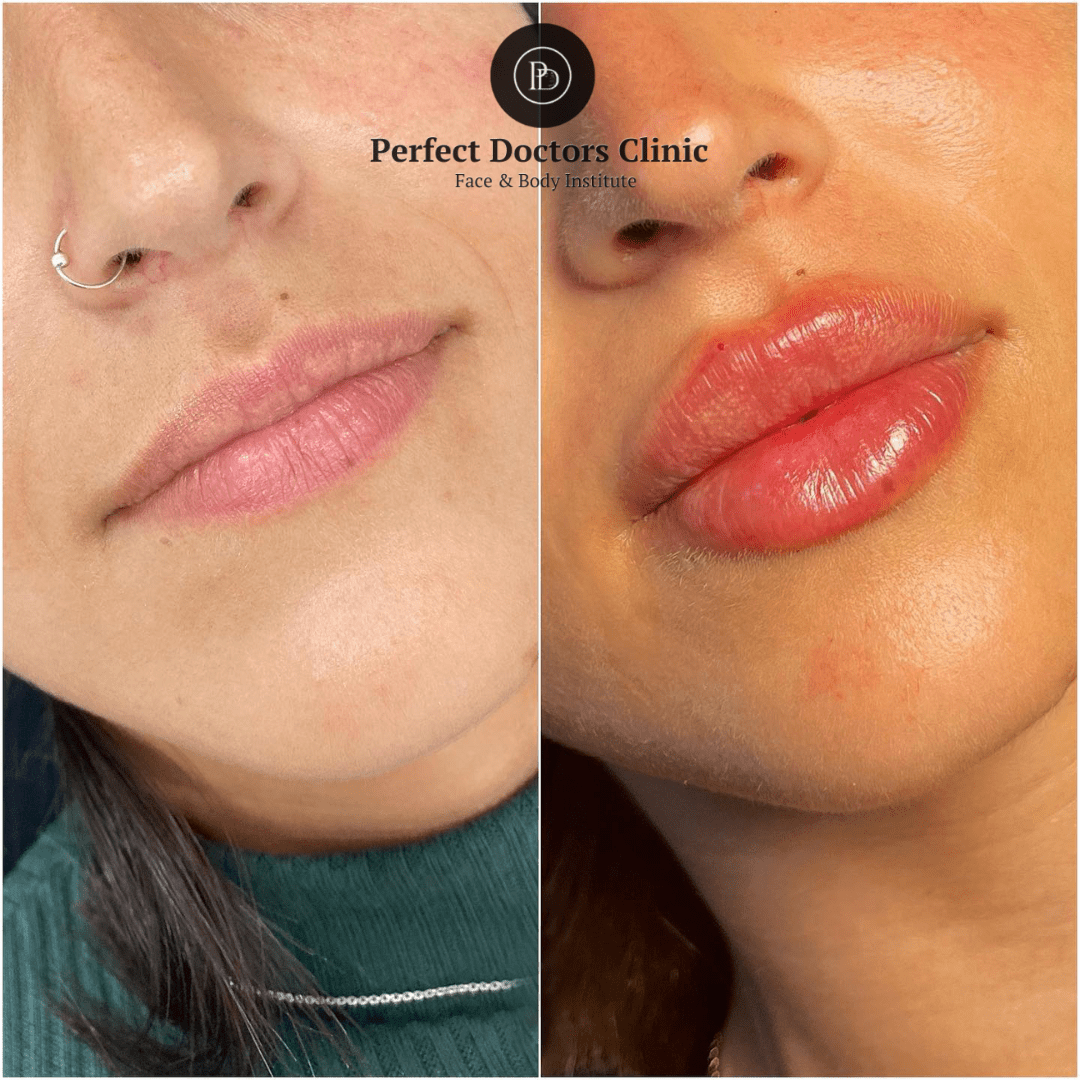
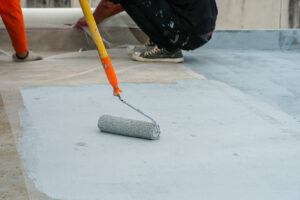




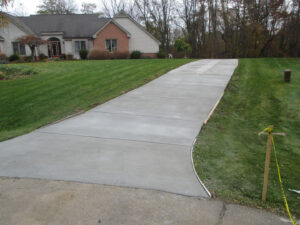
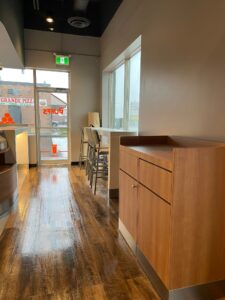


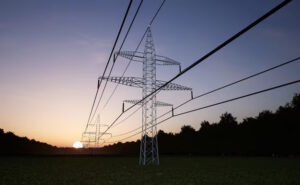
Post Comment